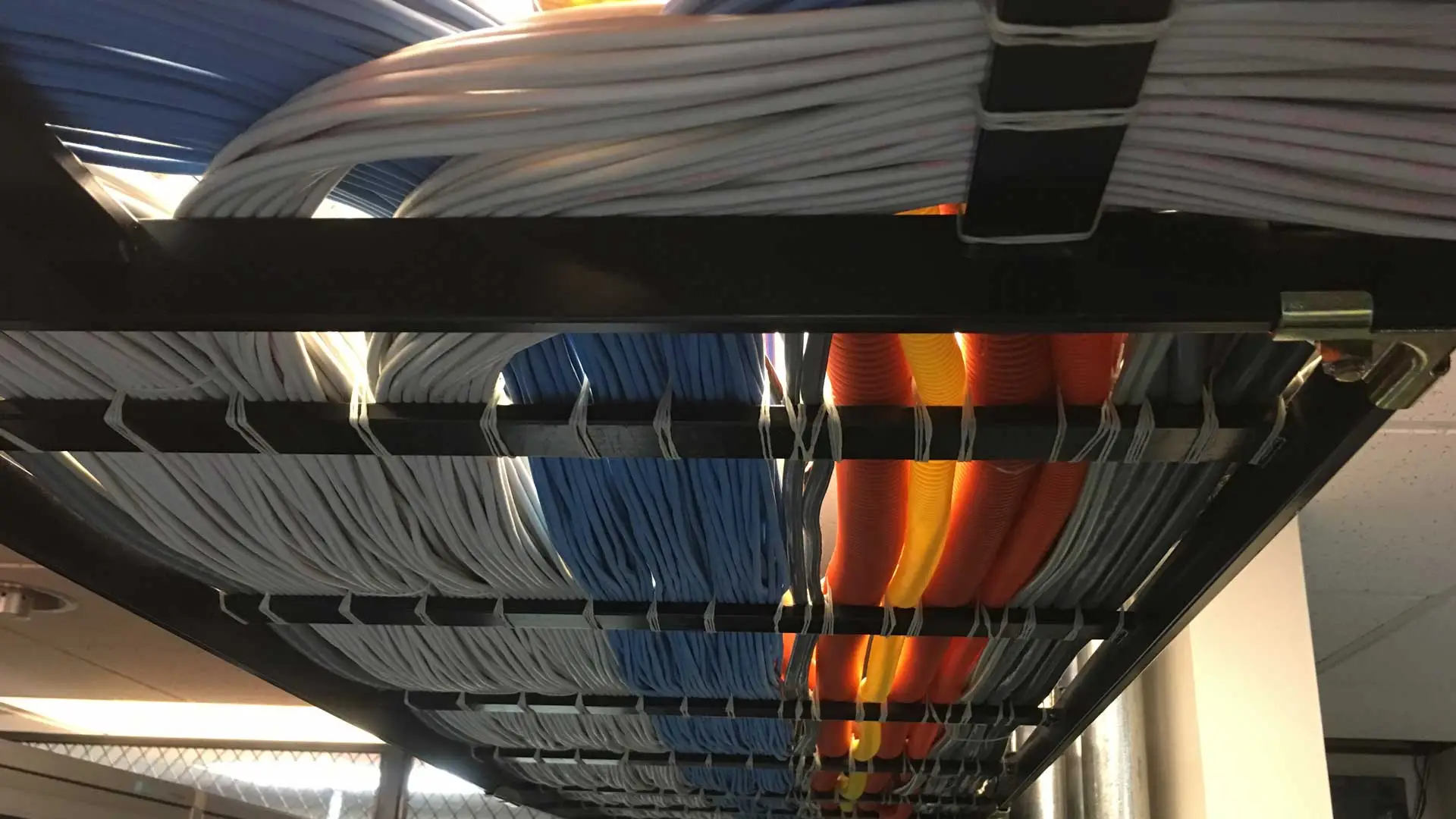
Insight
Check here for information regarding cloud services, colocation, virtual desktop offerings

Check here for information regarding cloud services, colocation, virtual desktop offerings
HIPAA compliance is not just a certification; it’s a continuous process of adhering to stringent security measures and protocols to safeguard protected health information (PHI). A HIPAA-compliant data center must have physical, network, and process security measures in place to secure PHI against unauthorized access, theft, and breaches. This includes advanced encryption methods, multi-factor authentication, and regular security audits.
When evaluating data centers, it’s crucial to assess their compliance with the HIPAA Security Rule, which outlines the standards for protecting electronic protected health information (ePHI). By doing so, you take a critical first step toward finding your ideal provider.
When searching for a HIPAA-compliant data center, there are several key features to consider. Firstly, the data center should offer robust data encryption, both at rest and in transit, to ensure that all patient data remains secure.
Additionally, look for data centers with comprehensive disaster recovery and data backup plans to guarantee data integrity and availability, even in the event of unforeseen circumstances. Physical security measures, such as biometric access controls and 24/7 surveillance, are also essential to prevent unauthorized access to the data center facilities.
Once those capabilities are addressed, it’s time to focus on other...
Cybersecurity compliance involves adhering to laws, regulations, and standards designed to protect information and information systems from security breaches. For data centers, this means implementing and maintaining a set of controls and measures to prevent, detect, and respond to cyber threats.
Compliance standards, such as ISO 27001, GDPR, HIPAA, and SOC 2, provide frameworks for managing and securing sensitive information, making them essential for businesses to understand and consider when selecting a provider. By focusing on data centers that offer leading security measures, it’s easier to safeguard your company’s information.
Data centers play a crucial role in achieving cybersecurity compliance. They are responsible for implementing robust security measures – including network security, physical security, and access controls – to protect the data they house. Additionally, data centers must ensure that their policies and procedures align with compliance requirements, conducting regular risk assessments and audits to identify and mitigate vulnerabilities.
Effective cybersecurity compliance in data centers revolves around several key components. These include data encryption to protect data at rest and in transit, multi-factor authentication to ensure that only authorized individuals...
Data center power refers to the energy required to operate a data center, including all its components, such as servers, cooling systems, and security devices. It’s measured in kilowatts (kW) or megawatts (MW) and is a critical factor in determining the data center’s capacity to handle computational tasks.
A digital ecosystem refers to a complex network of individuals, businesses, and systems that utilize technology to interact and collaborate. Unlike traditional business ecosystems, digital ecosystems harness the power of physical devices, data or information layers, and application layers to facilitate seamless real-time interactions among users and between users and businesses. This dynamic environment enables companies to collect customer data, develop new products, deliver services, and craft novel customer experiences through a harmonious integration of various digital components.
Drawing inspiration from natural ecosystems, digital ecosystems are characterized by their distributed, adaptive, and open socio-technical structure. They exhibit self-organization, scalability, and sustainability, principles that are rooted in the natural world’s mechanisms of competition and collaboration among diverse entities.
The concept of digital ecosystems, introduced in the early 2000s, aimed at modeling the adoption and development of ICT-based products and services in competitive markets, emphasizing the importance of interconnectedness and mutual benefit among participants.
At the heart of a digital ecosystem lies a centralized database, serving as the primary repository for all essential information. Centralized databases offer ease of management and heightened...
